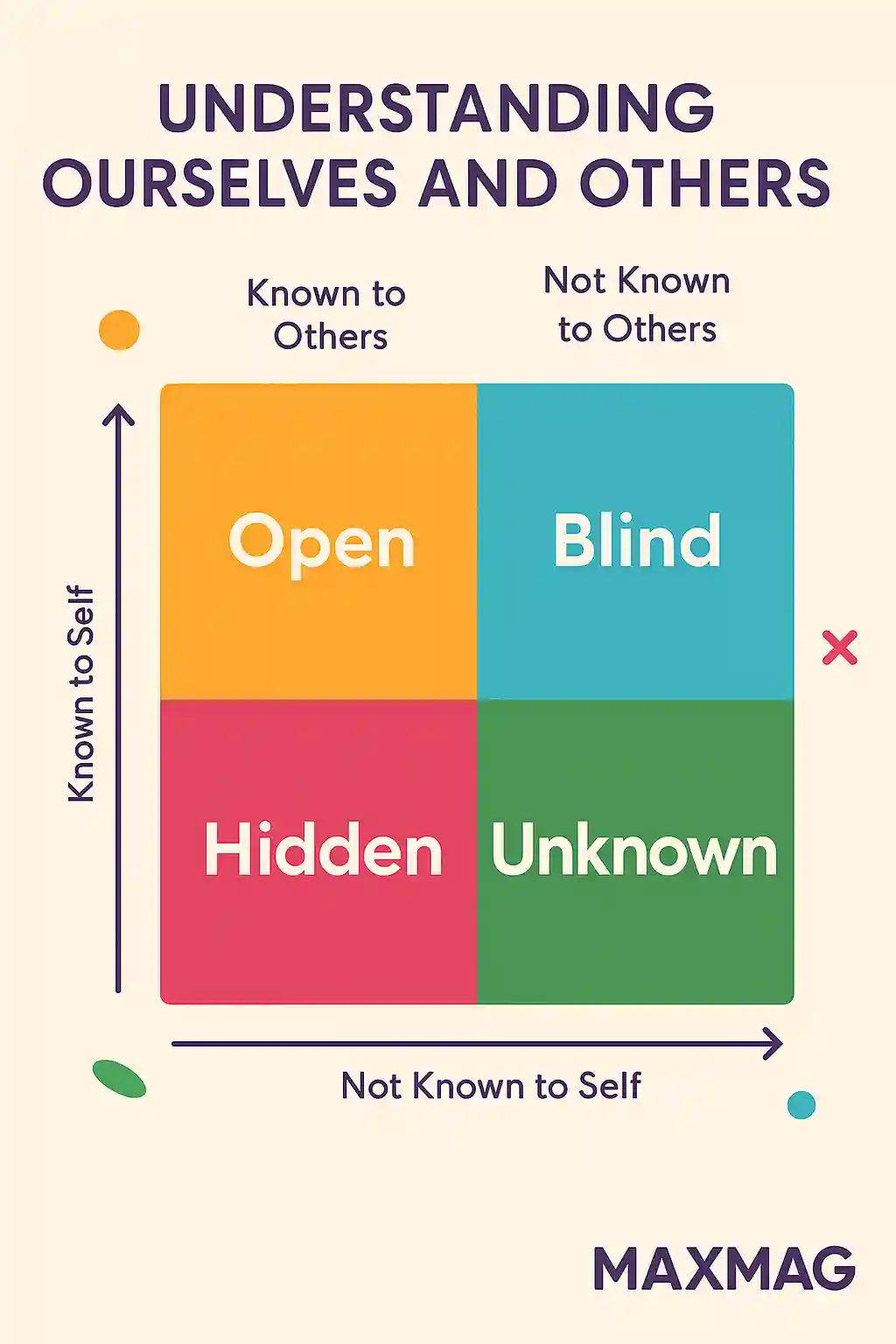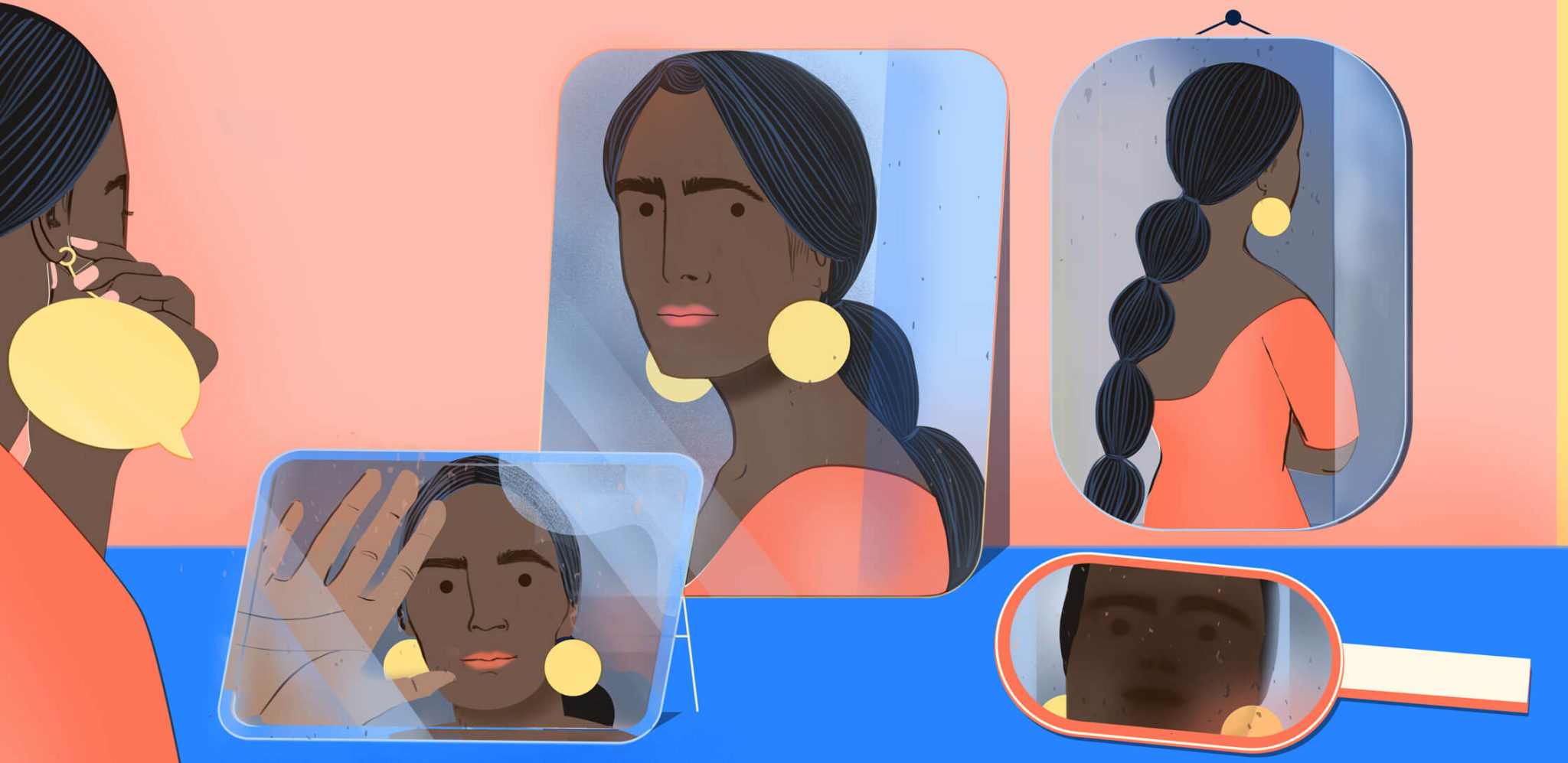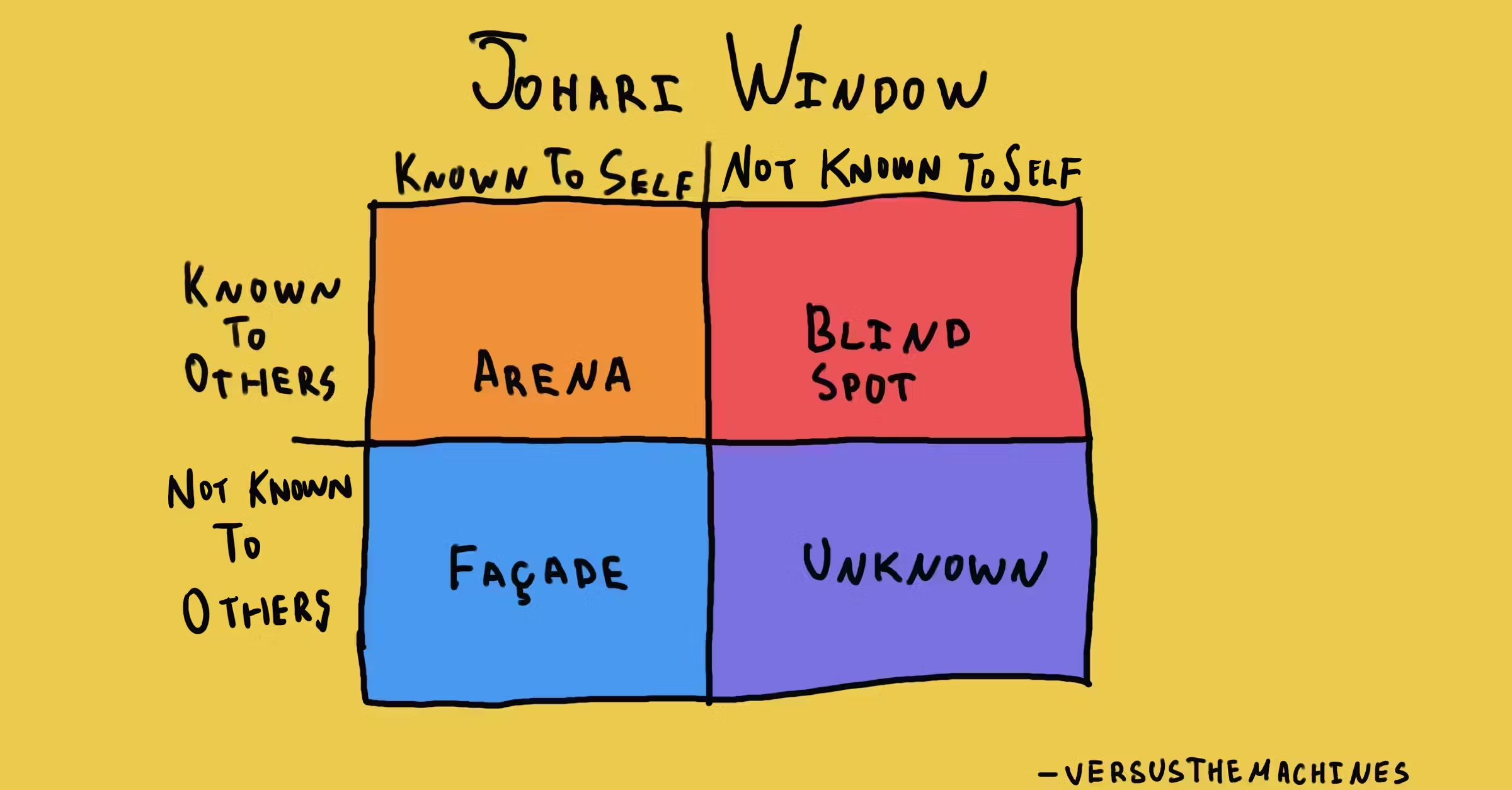
In a world dominated by surface impressions and curated identities, genuine self-awareness remains one of the rarest human qualities. The Johari Window self awareness exercise offers a simple yet transformative framework that helps individuals see themselves more clearly—through their own lens and the perceptions of others. Whether you’re a leader seeking better communication, a team looking to build trust, or simply a person on a journey of personal growth, this tool has the power to unveil the hidden corners of your personality.
By encouraging openness, feedback, and introspection, the Johari Window goes far beyond being just a psychological model. It becomes a mirror and a map—a way to bridge the gap between how we see ourselves and how we are seen by the world.
What Is the Johari Window?
Developed in 1955 by psychologists Joseph Luft and Harrington Ingham, the Johari Window is a model designed to improve self-awareness and interpersonal understanding. Its name, “Johari,” is a combination of the creators’ first names.
The window is divided into four quadrants:
-
Open Area: Traits known to self and others.
-
Blind Area: Traits unknown to self but seen by others.
-
Hidden Area: Traits known to self but not revealed to others.
-
Unknown Area: Traits unknown to both self and others.
The more expansive your Open Area becomes, the better your communication, trust, and connection with others. That’s where the Johari Window self awareness exercise comes in—it helps expand that openness by combining personal insight with honest feedback.
Why Self-Awareness Matters More Than Ever
In both personal and professional settings, self-awareness plays a critical role in success and emotional intelligence. According to research published by the Harvard Business Review, self-aware individuals are more confident, better communicators, and more effective leaders. Yet studies also show that only 10-15% of people are truly self-aware—despite most believing they are.
Without accurate self-perception, we struggle to regulate emotions, misinterpret social cues, and repeat unhelpful patterns. The Johari Window acts as a corrective lens, helping us see ourselves with more clarity and empathy.
For teams, it’s even more impactful. It boosts trust and creates psychological safety, making it ideal for use in leadership development, coaching, and therapy settings. Harvard Business Review highlights how teams with high trust and open feedback outperform others across metrics.
How to Use the Johari Window Self Awareness Exercise
The classic Johari Window self awareness exercise involves two steps:
-
Self-Selection: You choose adjectives from a predefined list that best describe yourself.
-
Peer Feedback: Trusted peers, friends, or coworkers choose adjectives they believe describe you.
The overlap of selected adjectives falls into the Open Area. The terms others selected—but you didn’t—go into the Blind Area. What you selected alone resides in the Hidden Area. And any terms not selected by either side are part of the Unknown.
Common adjectives used in the Johari Window include:
-
Friendly
-
Self-assertive
-
Dependable
-
Shy
-
Independent
-
Witty
-
Caring
-
Logical
This is not just a feel-good exercise. It is a diagnostic tool for personal insight and relational growth.
Benefits of the Johari Window Self Awareness Exercise
There’s a reason the Johari Window self awareness exercise is still used over 60 years after its creation—it works. Here’s what it can offer:
1. Better Communication
When people understand how they come across to others, they can adjust their tone, language, and nonverbal cues. This minimizes misunderstandings and fosters connection.
2. Reduced Blind Spots
Blind spots can sabotage careers, friendships, and partnerships. Receiving honest, constructive feedback shines light on behaviors or traits we’ve ignored or denied.
3. Strengthened Relationships
Vulnerability builds trust. When you share what’s in your Hidden Area—like feelings, experiences, or needs—you deepen bonds with others.
4. Empowered Leadership
Leaders who use this tool often find they become more approachable, empathetic, and emotionally intelligent. That leads to stronger teams and lower turnover.
5. Mental Health Growth
In therapy or coaching, uncovering the Unknown Area can lead to powerful breakthroughs. A trained psychologist may help explore suppressed feelings or hidden strengths. Psychology Today underlines how awareness reduces anxiety, depression, and self-sabotage.
A Step-by-Step Guide to Doing the Exercise
Here’s how to do the exercise with clarity and intention:
Step 1: Choose Your Words
Start with a list of 20-40 adjectives. Select 5-6 that you feel best describe your personality.
Step 2: Invite Feedback
Ask a few trusted individuals to choose 5-6 words from the same list that they believe describe you.
Step 3: Compare the Results
Use a 4-quadrant grid to place words:
-
Overlapping words go in Open.
-
Words others picked—but you didn’t—go in Blind.
-
Words you chose—but they didn’t—go in Hidden.
-
Unpicked words go in Unknown.
Step 4: Reflect
What surprises you? Are you showing traits that others don’t see? Are you misunderstood? Or hiding your strengths?
Step 5: Take Action
Open up. Share more of what’s in your Hidden quadrant. Seek feedback more often. Gradually move qualities from Blind or Hidden into Open.
Real-Life Application: How Teams Use It
Many successful teams—from nonprofits to tech startups—use the Johari Window exercise in retreats or onboarding processes.
-
At Google, internal coaching programs focus heavily on psychological safety, which the Johari model supports.
-
Executive coaches use it to prepare leaders for 360° feedback reviews.
-
Therapists integrate it with cognitive-behavioral methods to help clients understand how they show up in relationships.
According to the American Psychological Association, exercises that blend self-reporting and external input are among the most effective for behavioral change.
How to Make It Work for You
To gain the full benefits of the Johari Window, consistency is key. Make feedback a regular habit, not a one-time event. Use journaling to document insights and track progress. Pair it with mindfulness or meditation to process emotional reactions.
You can also use digital tools like anonymous Google Forms or feedback platforms to gather honest opinions. But make sure you’re emotionally prepared. Some feedback will sting—but it’s often what we most need to hear.
And remember: This exercise isn’t about fixing who you are. It’s about discovering who you are and owning it, fully and unapologetically.
Johari Window Self Awareness Exercise in Therapy and Coaching
In both personal and professional development, therapists and coaches often use the Johari Window self awareness exercise as a gateway to deeper self-reflection. It reveals not just what we hide, but what we don’t even realize we’re capable of.
For example, someone labeled “quiet” by themselves may be seen as “thoughtful” or “wise” by peers. That reframing can lead to confidence shifts and positive identity development.
Final Thoughts
The Johari Window reminds us that self-awareness is a shared endeavor. We’re not meant to grow in isolation. Through careful reflection and honest feedback, we begin to see ourselves—not just more clearly, but more compassionately.
So take the time. Do the exercise. Let yourself be seen.
FAQ About the Johari Window Self Awareness Exercise
Q1: What is the Johari Window?
Q2: How does the Johari Window self awareness exercise work?
Q3: Can this be done alone?
Q4: Who should try this exercise?
Q5: Is it used in professional coaching?
Q6: How often should I repeat the exercise?






